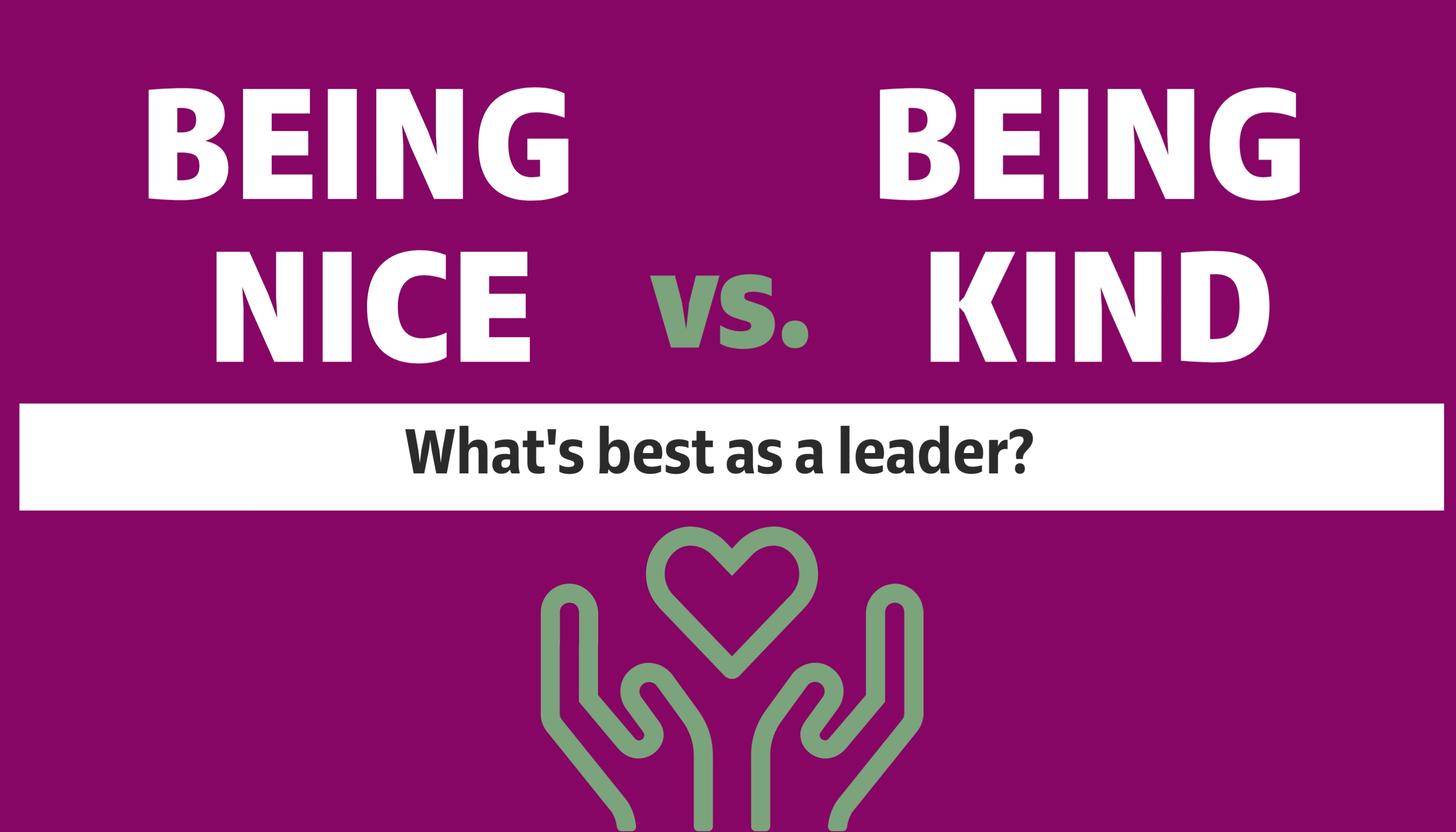
A common misperception of being a great leader is that you have to be a good person. A nice person.

One of the major frustrations of being a safety leader is that it's often difficult to get your safety messages understood and acted upon correctly.
It can be very challenging when you have language and geography barriers, age differences and people just not listening because they suffer from the highly contagious "it won"t happen to me" bias or "I've heard this all before" contagion.
Then, there is the issue of trying to get people to listen to what is said, not what they think is being said. So often, safety professionals feel so frustrated that their safety messages are being misinterpreted. Being able to create the right safety message that gets attention, that people can understand, remember and then take the right action upon, is crucial for successful safety leadership
So what can you do to remove safety blocks that people put up to resist safety messaging?
7 Blocks to Safety Communication
To get people's attention, you really need to know the psychology behind why people don’t listen.
There are seven major safety communication blocks that you need to break down, in order to get your message through. These are often subconscious blocks. If you can work through them you will greatly increase the effectiveness of your ability to take command of your safety communication, in order to increase your authority and effectiveness so that safety compliance comes first.
Here are 7 safety communication strategies to always consider when creating your safety communication plan that reduce obstacles:
To be a successful safety leader, it's vital to have exemplary safety communication skills. This means knowing how to write safety information that grabs attention, people can understand and that motivates behaviour change.
To do this, you need a variety of safety communication tools that enable you to create engaging safety communication. In the book, "Transform Your Safety Communication", safety professionals are provided with 5 "done-for-you" templates that make it really easy to apply new safety communication skills.
If you're sick of trying to get people to take safety more seriously, then it's time to start upgrading your safety communication strategies. This will ensure you become one of the best safety professionals in your industry.
Photo credit: Artur84, Freedigitalphotos.net

A common misperception of being a great leader is that you have to be a good person. A nice person.

Corporate culture might be an over-used terms these days, but what it really boils down to is what behaviours staff undertake when no-one is watching.